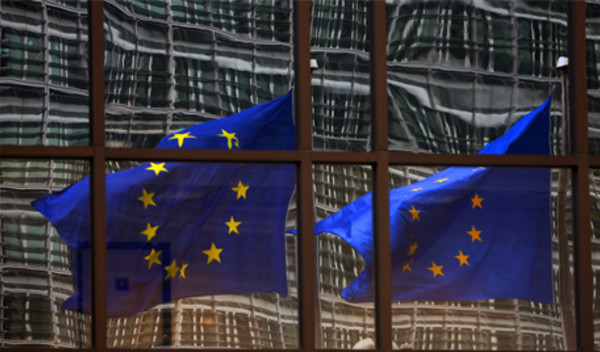The countdown clock towards implementation of the revised Markets in Financial Instruments Directive and Regulation package (MiFID II) has been running for some time.
The battery has run low on several occasions and has sometimes even appeared to stop, leading to the EU needing to postpone the transposition and effective dates of the changes.
However, both the EU and UK authorities have found super-charged energy in the past year and we have seen a plethora of legislation, guidance, consultations and rules.
A final push from the UK regulators aimed to ensure domestic legislation and rules were in place to meet the July 3 deadline, with measures taking effect by January 3, 2018.
So how does MiFID II, a beast of EU legislation, affect British IFAs, most of which have no clients outside the UK? The answer is, a lot.
What is MiFID II?
MiFID II is the generic name for a complex web of legislation that comprises two EU directives and three regulations, backed up with a raft of technical standards and guidance from the European Securities and Markets Authority (Esma).

IFAs should by now have assessed their businesses to check they are correctly categorised.
The measures adopted by regulation are directly applicable in member states. To implement the other standards, and to embellish on the requirements, national legislation and supervisory requirements are set down by the competent authorities in each member state.
The UK implementation package runs to thousands of pages of consultation and will result in significant changes to some rules.
What does MiFID II do?
The current MiFID dates back to 2004 – and has been in force with few updates since late 2007. It not only pre-dated the financial crisis, but also did not contemplate many business models and technologies that have become commonplace.
So, it was in dire need of an update and in drafting the new provisions the EU legislators took the opportunity to beef up several existing requirements.
Of most interest to financial advisers are the provisions that enhance the quality of authorisation and conduct of investment firms by imposing greater prudential requirements in terms of management bodies, systems and controls, and greater investor protection requirements in terms of categorisation of and disclosures to clients, product governance and treating customers fairly.
Firms with a purely UK client base
Many IFAs may think – or hope – that MiFID II will not affect firms that are purely UK businesses with a client base also solely in the UK.











